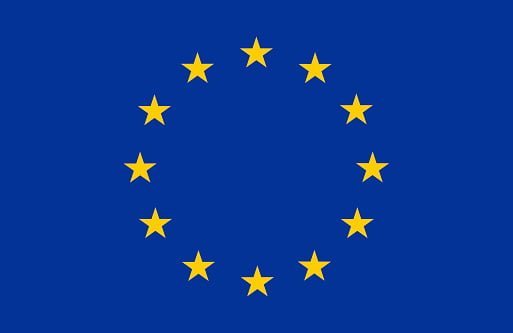Latest EU cosmetic regulations update
In line with the most recent EU cosmetic regulations update, which will take effect on October 1, certain popular beauty ingredients are to be considered as CMRs and their use in beauty products should be discontinued or restricted by manufacturers.
CMRS are substances that are carcinogenic, mutagenic, or toxic to reproductive health. By default, the Committee for Risk Assessment of the European Chemicals Agency (ECHA) prohibits these substances in beauty products. Depending on the degree of evidence of their CMR properties, substances are classified as CMR substances of category 1A, 1B or category 2.
Based on that, the use of substances classified as CMR (under the CLP Regulation) is banned according to Article 15 of the European Cosmetics Regulation (Regulation (EC) No 1223/2009).
Recently, some new ingredients have been categorized as CMRs; this development lead to the amendment of the regulations to prohibit twelve of them and place restrictions on two others.
Following this new EU cosmetics regulations update, the following illustrated substances will be disallowed from being major ingredients in future cosmetic products:
- Cobalt
- Metaldehyde (ISO); 2,4,6,8-tetramethyl- 1,3,5,7-tetraoxa cyclooctane
- Methylmercuric chloride
- Benzo[rst]pentaphene
- Dibenzo[b,def]chrysene; dibenzo[a,h]pyrene
- Ethanol, 2,2′-iminobis-,N-(C13-15-branched and linear alkyl) derivs.
- Cyflumetofen (ISO)
- Diisobutyl phthalate
- Halosulfuron-methyl (ISO)
- 2-methylimidazole
- Metaflumizone (ISO)
- Dibutylbis(pentane-2,4-dionato-O,O’)tin
A request was made for the above substances to be used in cosmetic ways but it was never submitted.
However, the restricted substances; titanium dioxide and salicylic acid will be regulated to be used in minute quantities.
Titanium dioxide and salicylic acid
Found in many on-brand and off-brand cosmetics both titanium dioxide and salicylic acid have been integral ingredients in beauty products with seemingly massive benefits. However, the 2021 EU cosmetic regulations update limits their application henceforth.
Until now, titanium dioxide (currently added to annex III for prohibited substances) was included in the list of UV filters, but in light of the current prohibition laws, it should not be authorized to be included in products that might put the user at risk of inhalation of the substance.
Specifically stated, effective immediately, titanium dioxide in powder form containing 1% or more of particles with an aerodynamic diameter of 10micrometer or less has been classified as carcinogen category two (inhalation). This means it isn’t to be used in products that might give rise to inhalation exposure by the user. Therefore titanium dioxide is strictly streamlined to be used in various forms such as loose powder, aerosol spray products, etc.
Salicylic acid as well was revered for its benefits in oil control and acne treatment. The SCCS (Scientific Community on Consumer Safety) has now concluded that it should be deemed appropriate to use the substance for other purposes other than preservative purposes in body lotion, lipsticks, etc., for up to 0.5%. Previously, the substance salicylic acid was only allowed as a preservative in beauty cosmetics for up to 0.5%.
This extensive alteration in the EU cosmetic regulations update might prove economically debilitating for beauty companies worldwide. But to ensure the safety and well-being of the general public, these new policies have to be implemented immediately.



